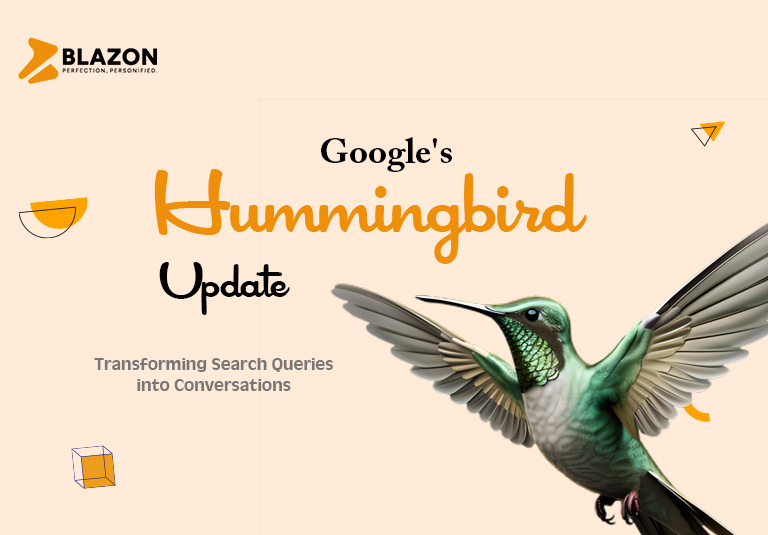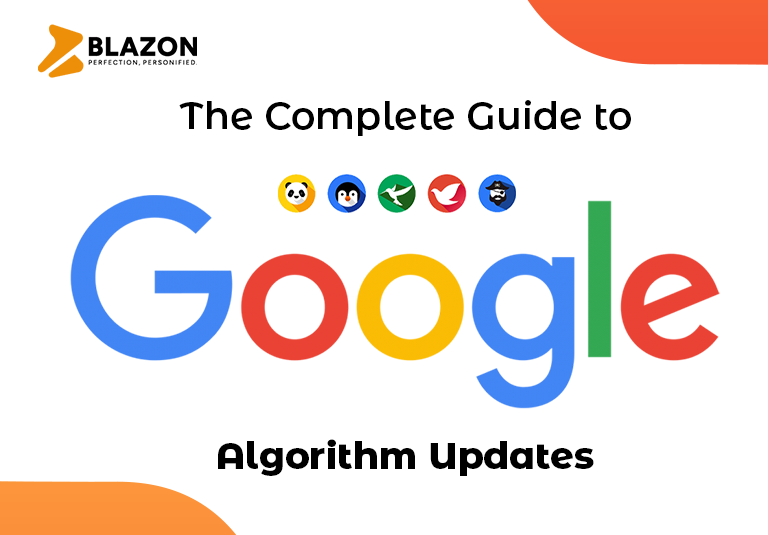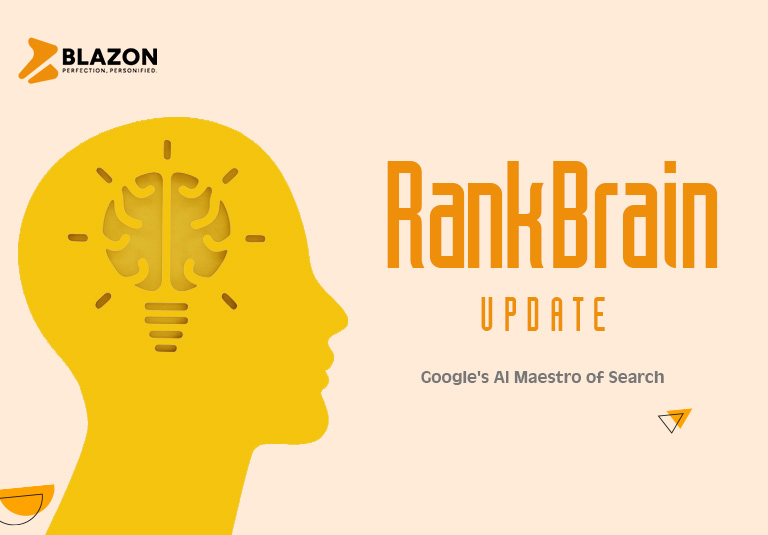The Dawn of a New Era in Search
In the vibrant tapestry of the internet, Google’s algorithms play the role of meticulous weavers, shaping the vast web of information into something coherent and accessible.
Among these algorithms, Hummingbird represents a pivotal moment, a leap forward in the evolution of search engines towards understanding the intricacies of human language.
Why Hummingbird?
Launched quietly in August 2013, Hummingbird was more than just an update, it was an entirely new engine under the hood of Google’s ever-expanding car.
But why name it “Hummingbird”?
Just like the tiny bird known for its agility, Google’s Hummingbird update is designed to be precise and fast, capable of understanding the nuances of human queries in a way that was previously unheard of.
The Heart of Hummingbird
Understanding Intent
Before Hummingbird, Google’s algorithm focused heavily on the words in a query, often giving undue importance to specific keywords.
This approach worked to an extent, but it struggled with the complexity and subtlety of human language.
Enter Hummingbird, with its enhanced ability to understand the intent behind your searches.
Suddenly, Google wasn’t just looking at the words you typed, it was trying to grasp what you were really looking for.
Conversations with a Search Engine
Imagine asking a friend for advice on where to go for dinner.
You wouldn’t just say “pizza” or “Mexican food”, you’d likely ask a more nuanced question, like “Where can I find the best pizza that’s not too greasy?”
With Hummingbird, Google aimed to become more like that friend – someone who understands not just what you’re asking, but why.
This shift was particularly significant with the rise of mobile and voice searches.
People tend to use natural, conversational language when speaking to their devices, and Hummingbird was Google’s way of keeping up with this trend, ensuring that even the most casually phrased query could yield useful results.
Impact on SEO
Quality Over Keywords
For webmasters and content creators, Hummingbird signaled a shift towards valuing quality content that addresses the searcher’s intent.
Gone were the days of stuffing articles with keywords in hopes of ranking higher.
Now, the focus is on creating content that answers questions, solves problems, and engages the reader.
Thriving in the Age of Hummingbird
Adapting to Hummingbird doesn’t mean reinventing the wheel, it simply means being more thoughtful about how content is created. Here are a few tips:
- Write Naturally: Create content as if you’re having a conversation with your reader. Focus on being informative and engaging.
- Answer Questions: Think about the questions your audience might have and answer them directly in your content.
- Be Comprehensive: Cover topics in depth. Google loves content that thoroughly explores a subject.
- Understand Your Audience: The better you know who you’re writing for, the better you can address their needs.
Looking Forward
The Legacy of Hummingbird
Today, as we navigate the vast digital oceans of information, the principles laid down by Hummingbird are more relevant than ever.
The update has not only changed how search engines interpret queries but also how we think about creating content for the web.
It’s a reminder that at the heart of every search is a human being looking for an answer, and the more we can speak their language, the better we can connect.
Conclusion
Hummingbird wasn’t just an update, it was a revolution in understanding. It pushed us to think more about the people behind the searches, crafting content that resonates on a human level.
As we continue to evolve with Google’s algorithms, let’s remember the lesson of Hummingbird: to value clarity, intent, and the power of human conversation in the digital age.














